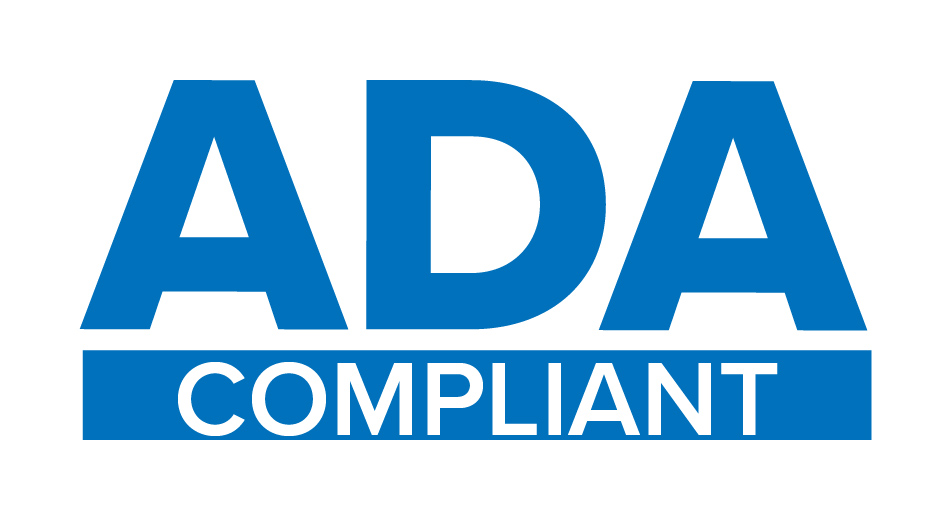Opinions
An Ounce of Prevention is Worth a Pound of Cure
“An ounce of prevention is worth a pound of cure.” Did your parents say this? In any case, they probably taught you to look both ways before crossing a road, and uncountable other habits that prevent harm before real damage is done. As adults, we know accidents happen, and we safeguard children by teaching prevention.



